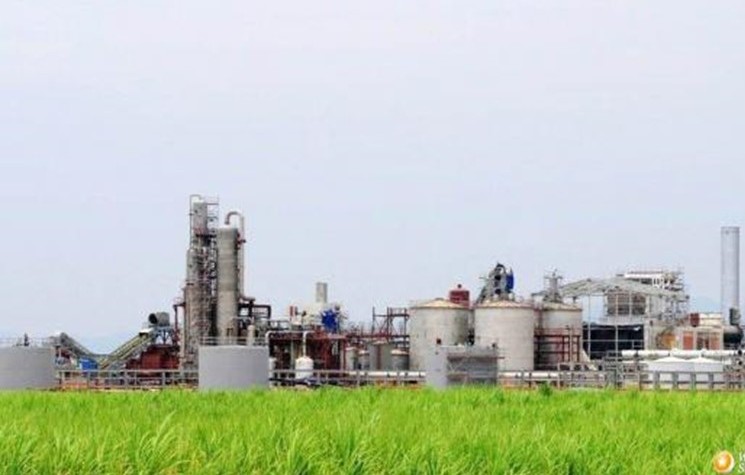Poweralternatives: Maple Energy’s Peruvian ethanol ambitions felled by drought, debt and downtime

By Amy McLellan
E&P companies may be reeling from the rout in the oil price but biofuel producers are also feeling the pain as greener fuels struggle to compete with US$50 oil. Even before the price slump, however, some biofuel producers were on the ropes. AIM-quoted Maple Energy, for example, was last year hit hard by a problem endemic to the biofuels sector: feedstock availability.
The Peru-based ethanol producer had hoped to sidestep this issue by taking control of its own feedstock supply and planting and harvesting its own sugarcane plantations. In 2012 the company was clear that this vertically-integrated solution was the way ahead to ensure a reliable and low cost supply of sugarcane for its 35 million gallon per year ethanol refinery.
Indeed, the company believed Peru had the potential to become the lowest cost producer of sugar cane ethanol in the world because of its ideal growing conditions and yields that even eclipse ethanol powerhouse Brazil.
Maple’s refinery came online in April 2012 and while ramp up was slower than expected and production costs higher than anticipated as the company worked through teething problems at the plant, by early 2013 the company was starting to reap the rewards: in the H1 2013 interims, revenues were US$71.6 million, adjusted EBITDA was US$18.8 million and net losses had significantly narrowed.
But by the end of that year, the company was already feeling the pressure as sugarcane harvests, hit hard by severe drought in the region, were far below expectations, ethanol prices softened, the refinery was hit by higher costs and maintenance downtime while financing and debt charges ate up capital.
Net losses for the full year 2013 were US$62 million and the company announced it was seeking a strategic equity investor to help secure the future of the ethanol business, which had significant debts to service.
In April 2014 the AIM small cap, which also held modest but profitable upstream and downstream oil assets in Peru including production of 400 bpd and an oil refinery, closed a US$15 million short term facility with one of its senior lenders but this was only a stop gap solution to the problems in the ethanol business. Efforts to sell the ethanol units fell apart and by December the company was in official default on its loans.
The shares have now been suspended from trading for well over a month and on December 22 the company announced it had agreed a term sheet with its senior lenders, with the ethanol and hydrocarbon assets now in the hands of its creditors. It is not the only biofuel producer to feel the pinch of feedstock issues and lower ethanol pricing, which means 2015 could be another challenging year for the sector.
Comments (0)